Phone: (714) 695-1566
Fax: (714) 695-1553
Email: info@salinaspt.com
23655 Via Del Rio, Suite C
Yorba Linda, CA 92887
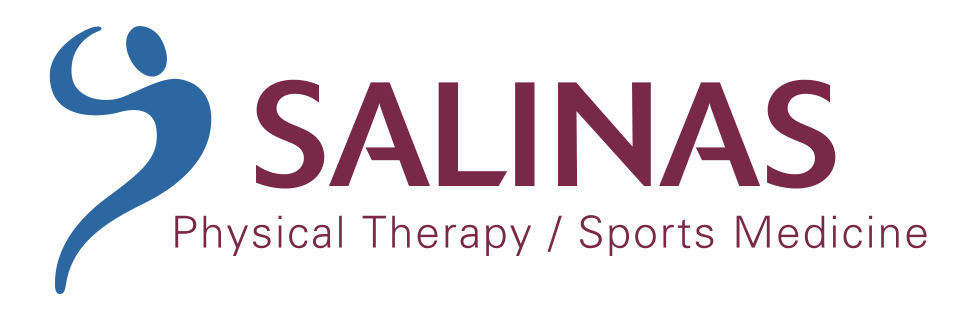
Phone: (714) 695-1566
Fax: (714) 695-1553
Email: info@salinaspt.com
23655 Via Del Rio, Suite C
Yorba Linda, CA 92887
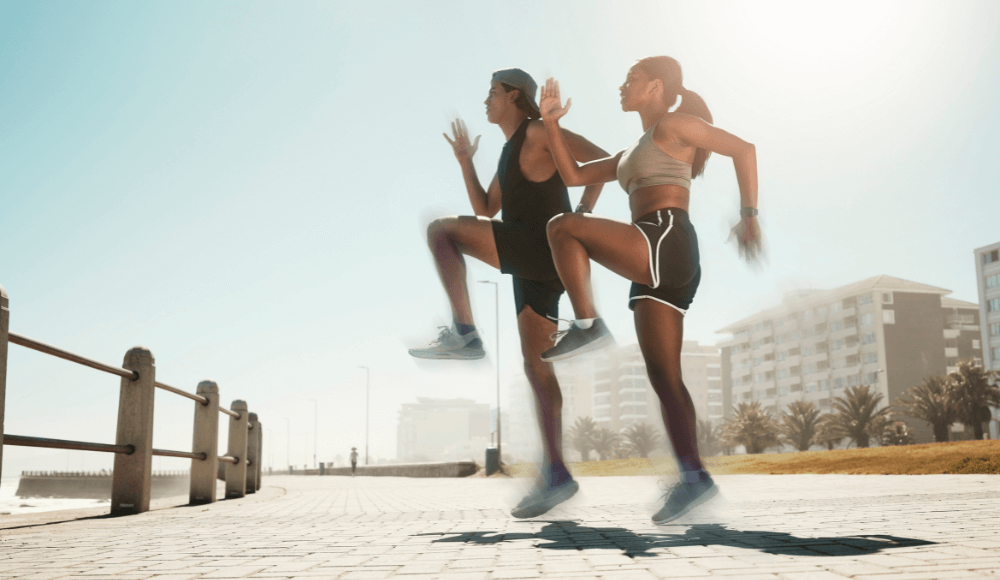
Whether you’re a fitness enthusiast, an athlete, or someone embarking on a new exercise journey, the significance of movement preparation cannot be overstated. This essential phase, often overlooked, holds the key to optimizing your workouts, preventing injuries, and maximizing performance gains. In this article, we’ll cover the importance of movement preparation, uncovering its benefits, the techniques, and why it should be an integral art of your fitness routine.
Movement preparation, often referred to as a dynamic warm-up, is a deliberate sequence of exercises that target various muscle groups and joints. Unlike traditional static stretching, movement preparation involves active movements that engage the muscles and gradually increase the heart rate, preparing the body for the upcoming workout.
We all remember the early days of PE class, holding a hamstring stretch for 10 seconds, and switching to the other side. This process is known as static stretching and is best suited for activities that involve controlled and sustained efforts such as yoga or exercises focused on muscle isolation.
When it comes to performance, we strongly encourage adding a dynamic warm-up to better prepare for your body for activity. Dynamic warm-ups increase your heart rate, your core temperature and sends fresh, oxygenated blood to the areas that need it most.
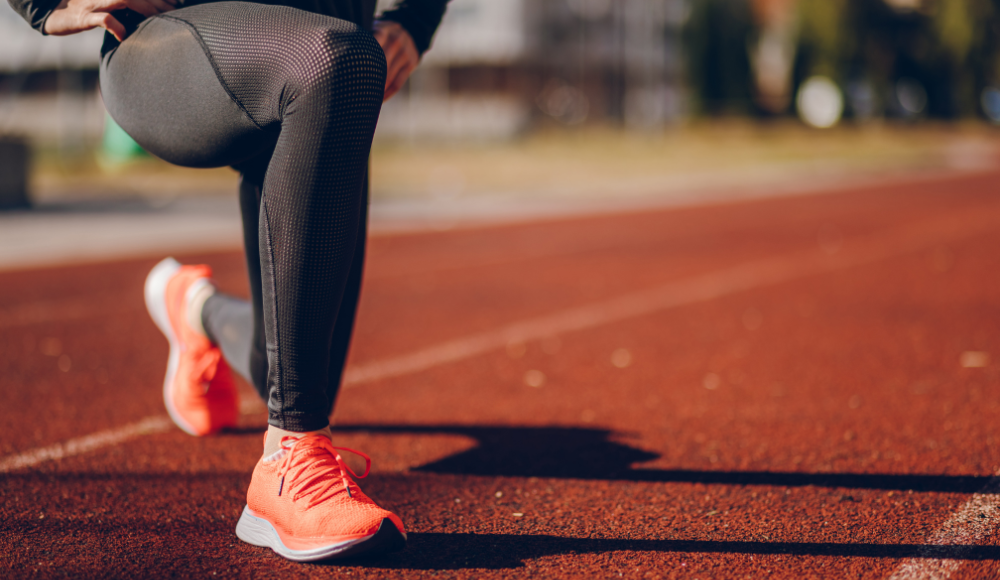
To activate your body’s cardiovascular system you will need to gradually increase your heart rate. Do this by starting with a light activity such as walking, jogging, or cycling. Engage specific muscles that are important for your workout. For instance, if you’re doing a leg workout, include bodyweight squats or glute bridges to activate those muscle groups.
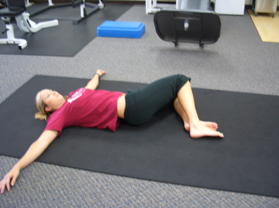
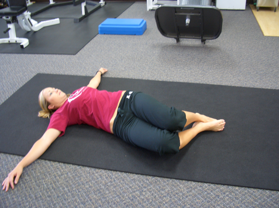
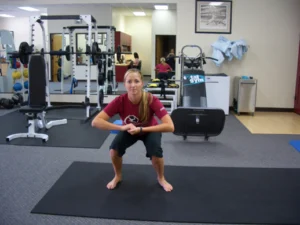
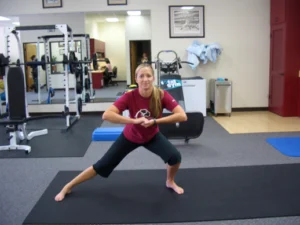
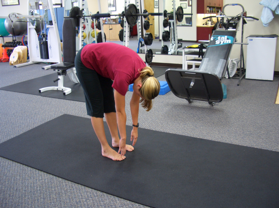
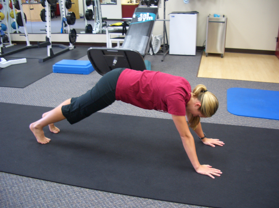
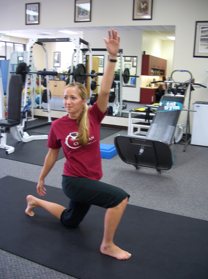

References:
1. Crone. C Reciprocal inhibition in man. Dan Med Bull. 1993 Nov;40(5);571-81. PMID: 8299401.
Disclaimer: The information provided on SalinasPT’s blog is for general informational purposes only and should not be considered a substitute for professional medical advice. We strive to ensure the accuracy and timeliness of the information. By using this website, you acknowledge that you assume full responsibility for any actions takes based on the information provided, and we disclaim all liability for any damages or consequences resulting from such actions. Always consult a qualified healthcare professional for personalized medical advice and treatment.